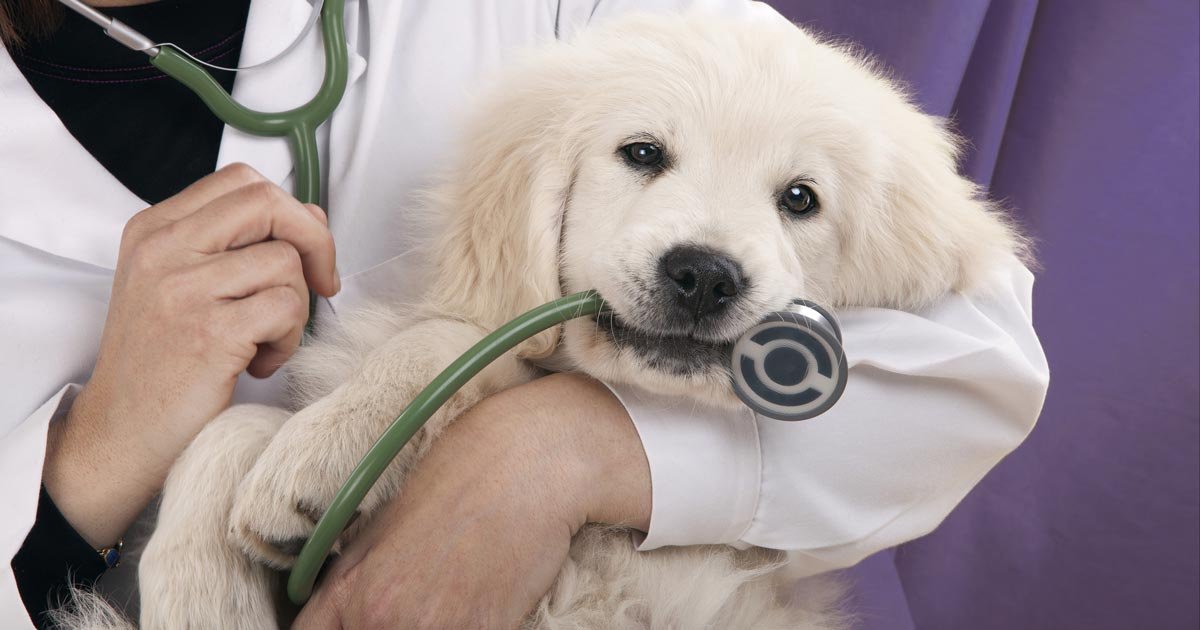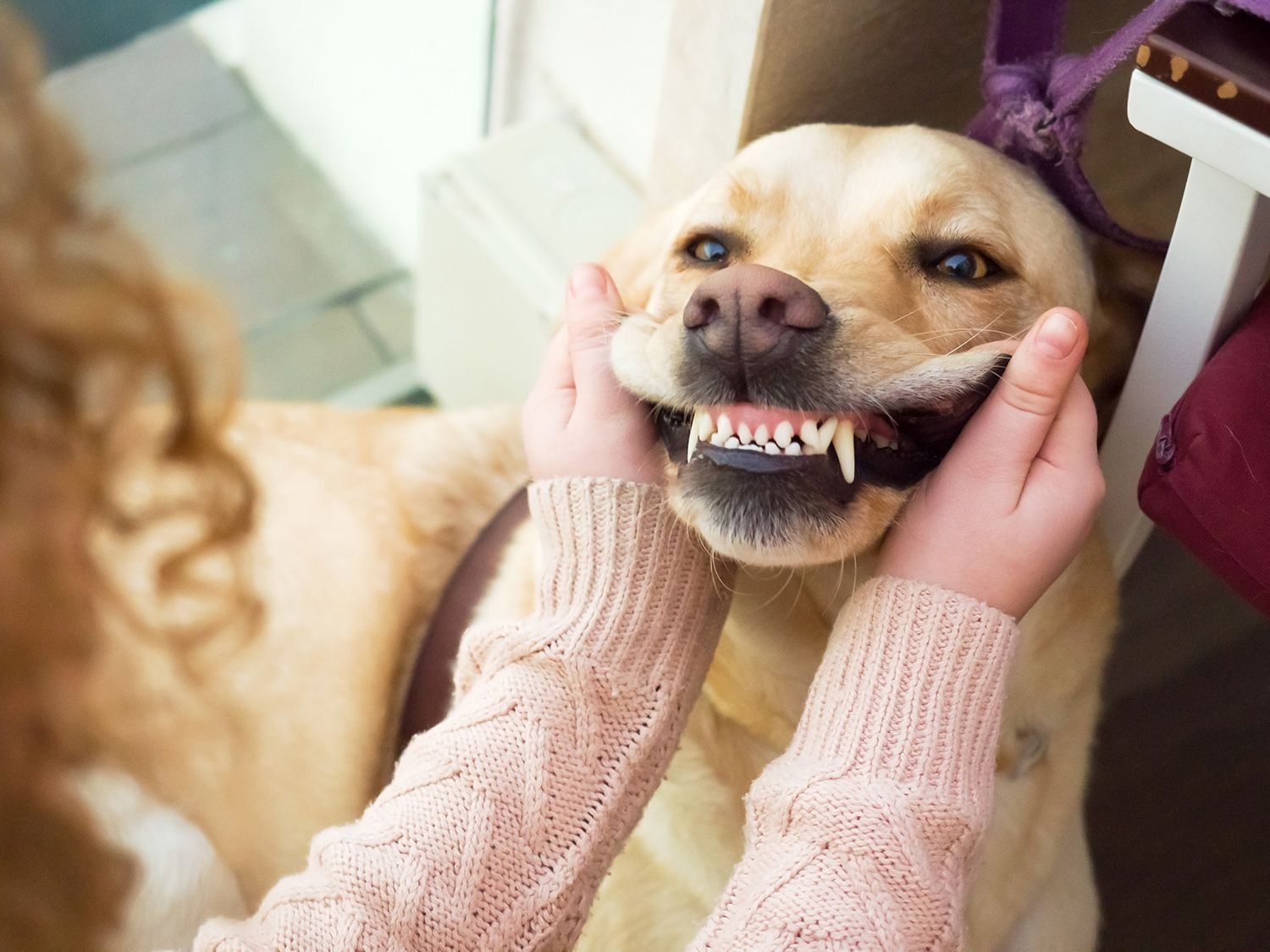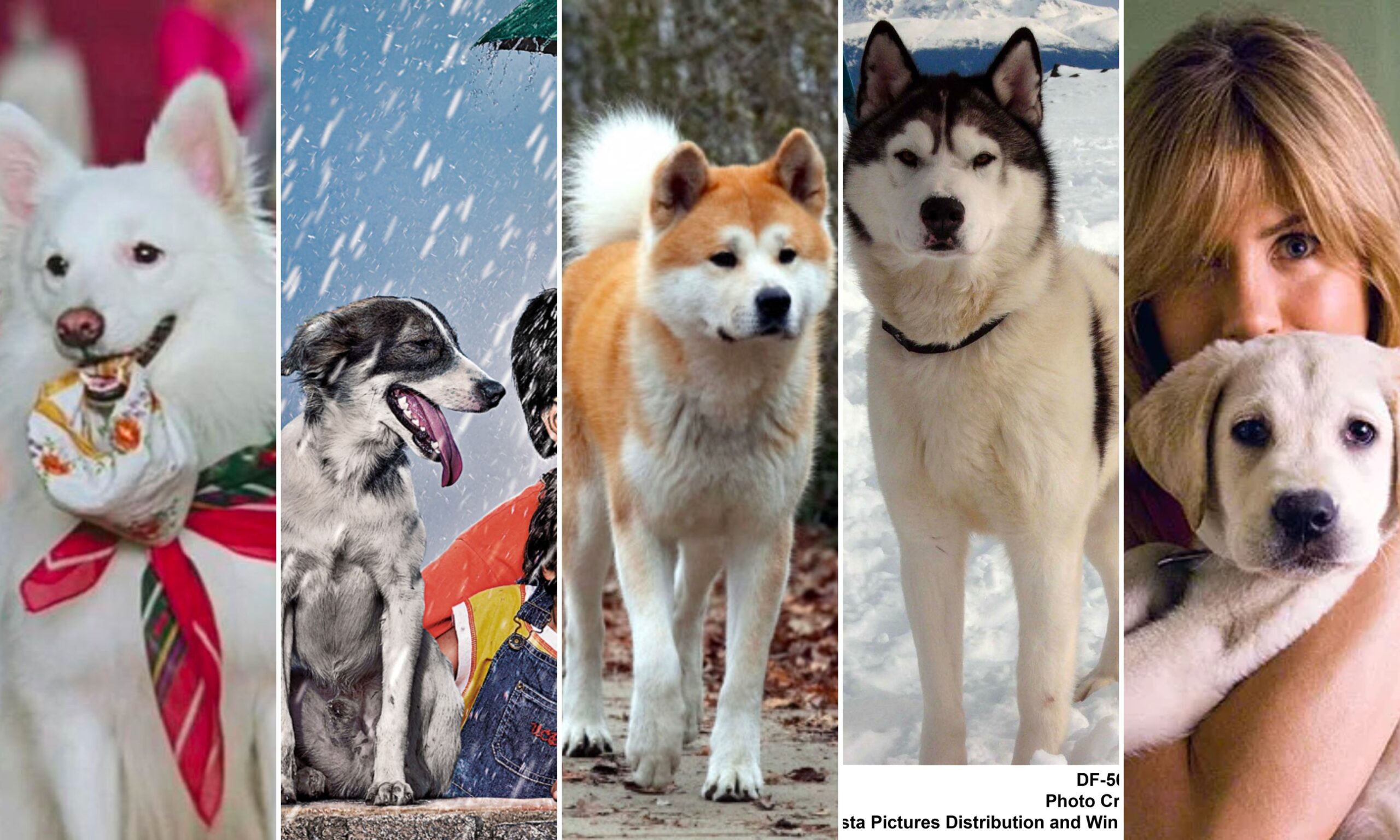Tips for Training an Adult Dog
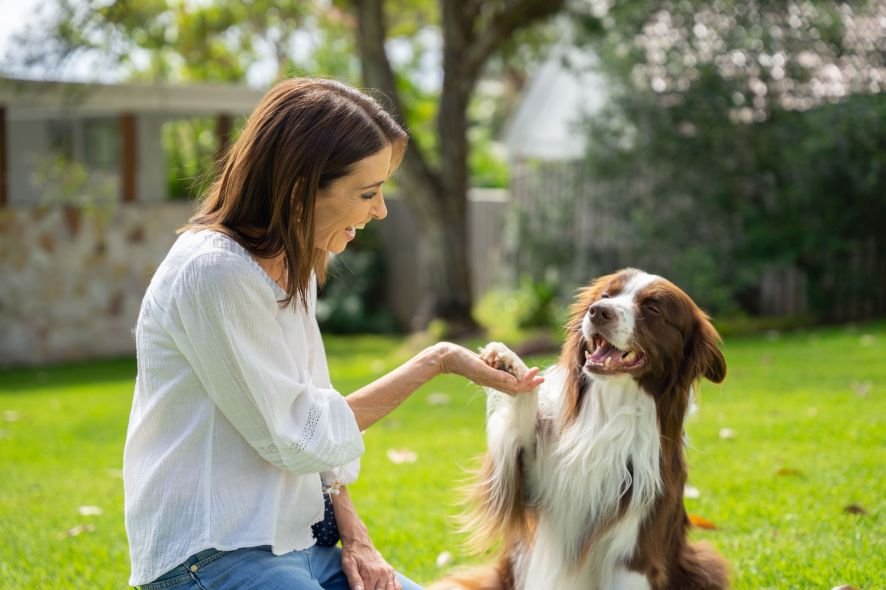
October is Adopt a Shelter Dog Month. If you’ve fallen in love with a senior pooch, even though you originally intended to get a puppy, or if you’ve always had a soft spot for older dogs, congratulations on your new furry friend!
Training an adult dog is essential to ensure an enjoyable life together. Dedicate time to training your new pet, as communication and control are crucial for making your daily life easier in the long run
Is It Too Late to Train an Older Dog?
Regardless of your dog’s age, there will be an adjustment period as they acclimate to their new home and environment. Even if you’ve had your dog since they were a puppy, a refresher course in training might be beneficial, especially when moving to a new home or changing their routine or living situation.
The great news is that it’s never too late to teach an old dog new tricks. Many people find training adult dogs easier than training puppies because adult dogs can often sit still and focus for longer periods. Dogs are natural learners throughout their lives, and they enjoy earning praise and treats.
However, older dogs can be more stubborn and set in their ways. Unlike a puppy, which is more like a blank slate, an older dog may have developed bad habits over time. Before learning new rules and tricks, your dog may need to unlearn these habits.
To help improve your dog’s focus, consider using Pet Honesty’s Premium Hemp Calming Chews. These chews, made with a blend of natural ingredients, can be a helpful tool in dog training.
Unlearning Bad Habits
Depending on your dog’s background, they may have developed negative behaviors for various reasons. For instance, they might have been an outdoor-only dog at their previous home, where potty training or any form of training was never necessary.
Your dog might also have been trained in an environment with different rules. For example, they might have used paper potty pads instead of going outside or had a large yard and never required leash training.
It’s important not to punish your dog for bad behavior, as this can exacerbate the issue. Instead, use positive reinforcement and dog training treats to redirect their behavior and teach them the rules and boundaries in your home.
For example, if your dog loves to chew on shoes and furniture, offer plenty of dog-friendly chew toys. If they get excited and jump on visitors when they enter, spend time teaching them that they can receive the same positive attention by following simple commands like “down.”
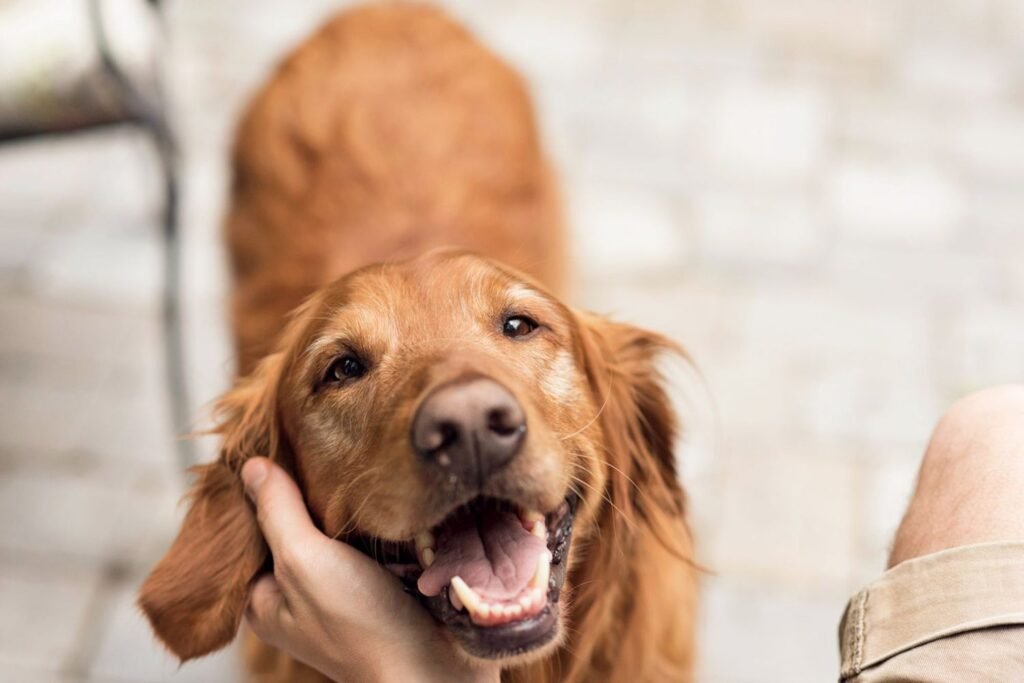
Basic Tips for Training an adult dog
Before you begin training your adult dog, consult your vet to ensure there are no health issues that might impede their learning abilities.
For instance, if your senior dog has memory problems, intense training sessions may not help them learn new tricks. If they have health-related issues with bladder or bowel control, strict house training won’t resolve accidents indoors. (Promote healthy digestion with Pet Honesty’s Digestive Probiotics Chews!)
Learn as much as you can about your new dog’s history before bringing them home. Were they trained under different rules? Are there any negative associations with certain items like crates? Do they have trouble getting along with other pets?
Avoid pushing your dog beyond their physical or mental limits. Some dogs respond better to shorter, more frequent training sessions rather than longer, intense ones. Pushing too hard can create negative associations.
Start with simple commands to build a foundation. Before teaching your dog to “stay,” ensure they can “sit.” Before teaching them to “roll over,” make sure they know how to “lie down.”
Patience is key when training an adult dog. Give your dog ample time to adjust to their new surroundings and family members. Older dogs might learn more slowly, but they still want to learn; they just need more time. Keeping training sessions short and engaging can help minimize frustration for both you and your dog.
Don’t forget to use rewards like treats and praise. Have plenty of dog training treats on hand to reward your dog immediately after they follow a command or go to the bathroom outside. Immediate positive reinforcement helps them understand the connection. Use bite-sized treats, as you’ll likely be giving several per session.
If you’re struggling with training, professional obedience training might be a worthwhile investment. Obedience classes can also provide a good opportunity for socializing your dog.
Remember, training is a chance for bonding and quality time. Spend plenty of non-training time together, like snuggling on the couch, to build trust and connection.

